Avocado Tree
- November 9, 2023
- 0 comment
The avocado tree, scientifically known as Persea americana, is a lush and evergreen tree that is native to south-central Mexico. Revered for its delicious and nutritious fruit, the avocado has become a staple in many cuisines around the world.
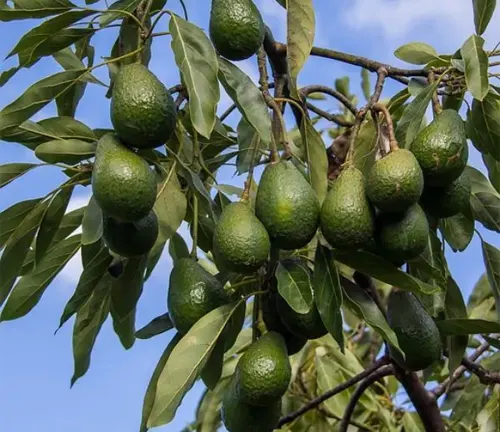
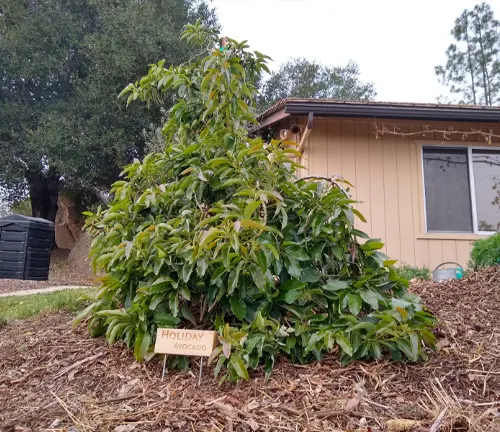
The tree typically reaches heights of 30 to 40 feet, with its glossy, dark green leaves and a dense, spreading canopy. Avocado trees bear the unique distinction of being categorized into several distinct varieties, with the most common being Hass avocados, known for their creamy, buttery flesh. Avocado trees are known for their resilience and adaptability, thriving in a variety of climates, though they prefer mild, frost-free regions.
They are prized for their fruit, which is not only a key ingredient in salads, sandwiches, and guacamole but also boasts numerous health benefits, being rich in healthy fats, vitamins, and minerals. Cultivating an avocado tree from seed or by grafting is a popular pastime among gardening enthusiasts, with patience being key as it can take several years before the tree begins to bear fruit. In essence, the avocado tree is a symbol of both gastronomic delight and horticultural fascination, making it a cherished addition to gardens and diets worldwide.
| Characteristics | Description |
| Scientific Name | Persea americana |
| Common Name | Avocado tree |
| Family | Lauraceae |
| Height | 30 to 40 feet (9 to 12 meters) |
| Foliage | Evergreen, glossy dark green leaves |
| Canopy | Dense, spreading |
| Fruit Type | Berry |
| Fruit Shape | Variable, often pear-shaped |
| Fruit Size | Typically 4 to 12 ounces (113 to 340 grams) |
| Fruit Skin | Green, sometimes pebbly or smooth, depending on the variety |
| Fruit Flesh | Creamy, buttery, pale green to yellow |
| Varieties | Many, including Hass, Fuerte, and more |
| Growing Zones | Typically grown in USDA hardiness zones 10-12 |
| Climate | Prefers mild, frost-free regions |
| Propagation | Can be grown from seed or grafted |
| Time to Fruit Bearing | Can take several years, often 5-13 years |
| Pollination | Some avocado varieties are self-pollinating, while others require cross-pollination |
| Uses | Culinary purposes (salads, sandwiches, guacamole), rich in healthy fats, vitamins, and minerals |
| Notable Fact | Avocado trees are highly adaptable and can thrive in a range of soil types and climates. |
Botanical Beauty of “Avocado Tree”
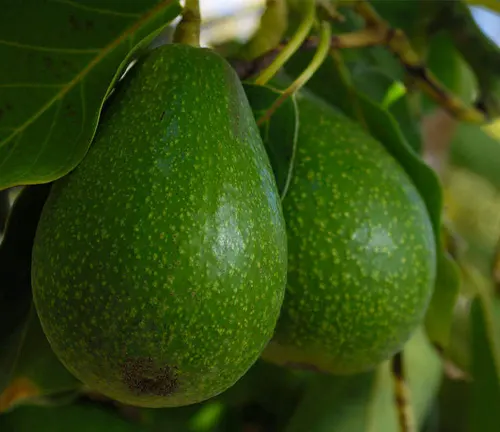
The avocado tree, known scientifically as Persea americana, is not only a bearer of delicious and nutritious fruits but also a botanical beauty. Its striking appearance, lush foliage, and vibrant fruit have captured the hearts of both horticulturists and nature enthusiasts. Let’s explore the remarkable botanical beauty of the avocado tree and its various facets.
Woodland Elegance
The avocado tree stands tall and proud, reaching heights of 30 to 40 feet with a majestic, dense, and spreading canopy. Its evergreen, glossy, dark green leaves add an air of woodland elegance to any landscape. This graceful tree not only provides shade and a touch of natural opulence but also showcases a unique blend of tropical and temperate characteristics.
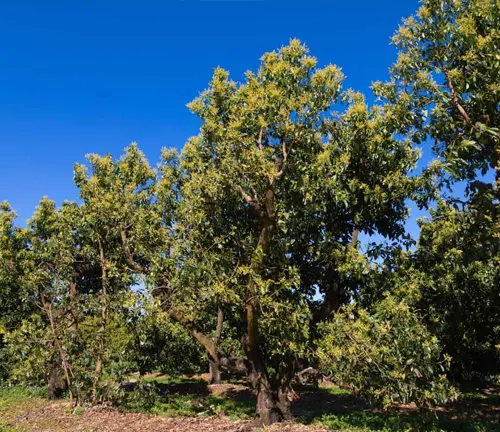
Ecological Importance


Beyond its aesthetic appeal, the avocado tree plays a crucial role in the ecosystems it inhabits. Native to south-central Mexico, it serves as a habitat and food source for local wildlife. Birds and insects are drawn to its flowers and fruit, contributing to pollination and biodiversity. Additionally, its leaves and fruit provide essential nutrients to the soil, enriching the environment.
Cultivation and Conservation
Cultivating avocado trees has become a popular pastime for gardeners and farmers around the world. While they are remarkably adaptable, preferring frost-free climates, it can take several years for these trees to bear fruit. Due to increasing demand and habitat loss, conservation efforts are in place to protect wild avocado tree populations, highlighting the significance of preserving this botanical gem.
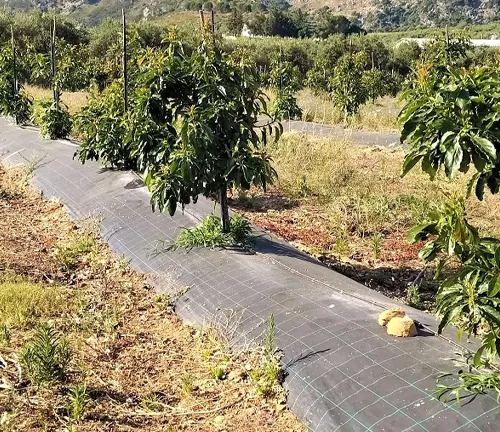
Fragrance
One of the often-overlooked aspects of the avocado tree is its subtle yet delightful fragrance. When in bloom, the tree’s small, greenish-yellow flowers emit a sweet, earthy scent that perfumes the surrounding air. This aromatic quality adds another layer of charm to an already captivating plant.
Soil Stabilization
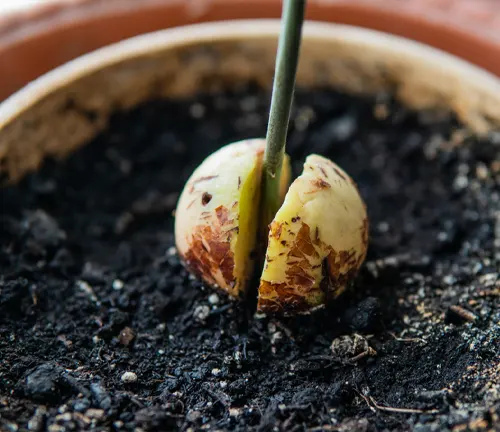
The avocado tree doesn’t just thrive in various soil types; it also contributes to soil stabilization. Its extensive root system helps prevent soil erosion, making it an environmentally responsible choice for landscaping and agricultural purposes. By anchoring the soil, these trees play a role in preserving the landscape.
Common Uses
The primary claim to fame for the avocado tree is, of course, its delectable fruit. Avocado is a versatile culinary gem, used in salads, sandwiches, and the beloved guacamole. Beyond the fruit, the wood of the tree is valued for its workability and is sometimes used for carving and small wooden items. This multifaceted tree has numerous practical applications.
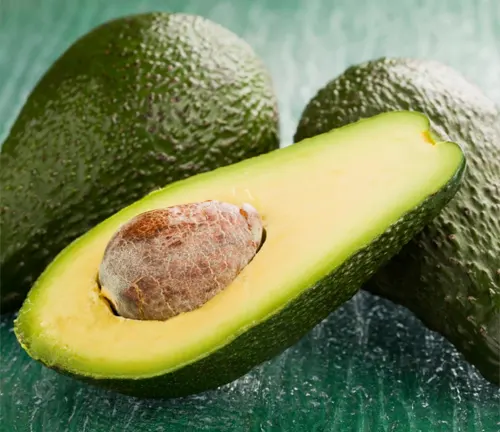
Benefits
The avocado tree is not just a symbol of gastronomic delight but also a source of various health benefits. Avocado fruit is rich in healthy fats, vitamins (especially vitamin K, vitamin E, and various B vitamins), and minerals, such as potassium. It is associated with heart health, improved digestion, and radiant skin, making it a sought-after addition to a well-balanced diet.
Different Species
Persea americana
Common Avocado: This is the most widely cultivated species and includes various cultivars such as Hass, Fuerte, Bacon, and more.
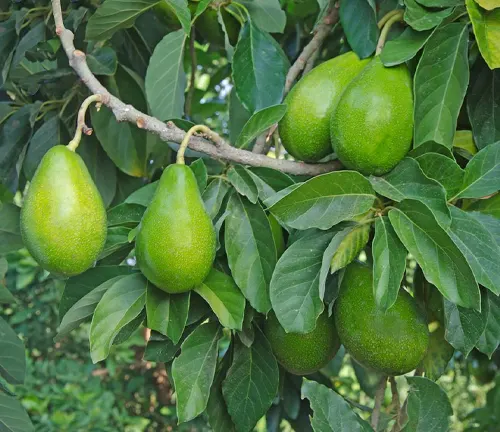
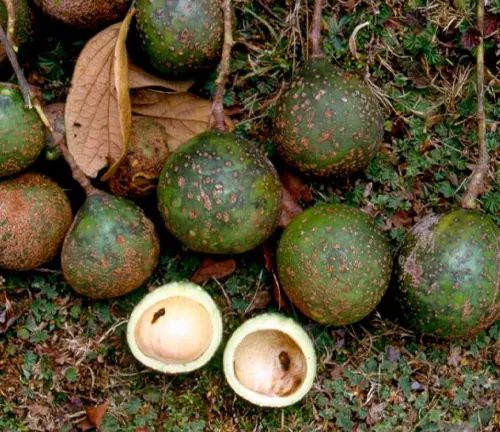
Persea nubigena – Mexican Avocado: This species is native to Mexico and is the ancestral wild species of cultivated avocados.
Persea drymifolia
West Indian Avocado: These avocados are known for their large size and are grown in tropical regions, including the West Indies.

Persea schiedeana
Guatemalan Avocado: Native to Central America, this species is known for its hardy nature and resistance to cold temperatures.
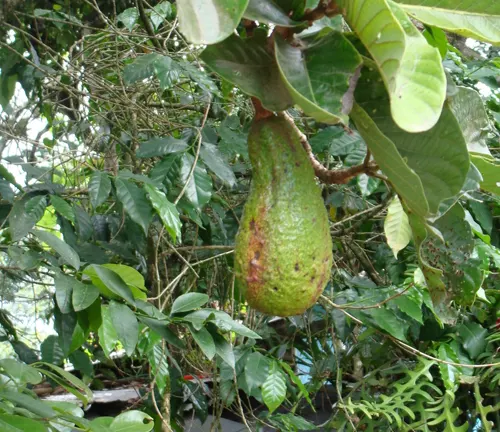
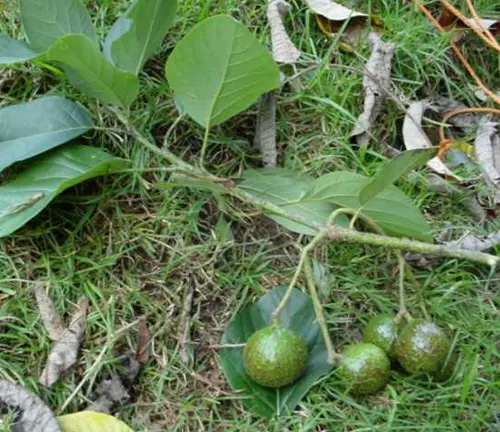
Persea steyermarkii
Steyermark’s Avocado: Found in regions of Central America and the Caribbean, this avocado species has a distinctive oblong fruit.
Persea caerulea
Blue Avocado: This species is known for its blue-black fruit and is found in the Amazon rainforest.
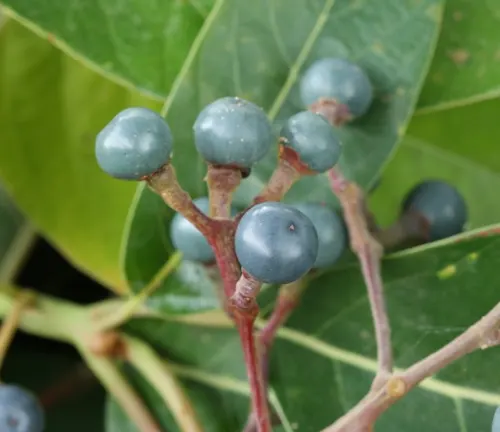
Persea lutea – Butter Avocado: Native to Florida, the Bahamas, and the Caribbean, this species produces small, buttery avocados.
Persea indica – Indian Avocado: Found in the Indian subcontinent, this species is known for its unique, elongated fruits and is sometimes called “butterfruit.”
Frequently Asked Questions (FAQs)
- How long does it take for an avocado tree to bear fruit?
Avocado trees typically take 5 to 13 years to start producing fruit, although some varieties may start earlier. - Are avocado trees self-pollinating?
Some avocado varieties are self-pollinating, but many benefit from cross-pollination for better fruit production. - What’s the best climate for growing avocado trees?
Avocado trees prefer mild, frost-free climates, typically thriving in USDA hardiness zones 10-12. - Can I grow an avocado tree from a seed?
Yes, you can grow an avocado tree from a seed, but it may not produce fruit identical to the parent tree, and it can take a long time to bear fruit. - How often should I water my avocado tree?
Avocado trees need regular watering, and the frequency depends on factors like climate and soil type. Typically, they prefer consistently moist soil. - What kind of soil is best for avocado trees?
Well-draining soil with a pH of 6-7 is ideal for avocado trees. They are sensitive to waterlogged soil. - Do avocado trees need fertilization?
Avocado trees benefit from regular fertilization to promote healthy growth and fruit production. Use a balanced fertilizer specifically designed for avocados. - How do I protect my avocado tree from pests and diseases?
Avocado trees can be vulnerable to various pests and diseases. Regular inspections, proper pruning, and the use of organic pesticides can help protect them. - When is the best time to prune an avocado tree?
The best time to prune avocado trees is typically in late winter or early spring before new growth starts. Pruning helps with shape control and disease prevention. - What are the different varieties of avocados, and how do they differ?
There are numerous avocado varieties, with the most common being Hass, Fuerte, Bacon, and many more. They vary in terms of taste, texture, and growing requirements. - Are avocados good for your health?
Avocados are considered a healthy fruit due to their high content of monounsaturated fats, vitamins, and minerals. They are often praised for their positive impact on heart health, skin, and digestion. - Can avocado trees be grown in containers or indoors?
Avocado trees can be grown in containers, but they may not reach the same size as outdoor trees. Indoor growth requires proper lighting, temperature, and care. - How can I tell when avocados are ripe for harvesting?
Avocado ripeness is determined by feel. Ripe avocados yield to gentle pressure when squeezed in the palm of your hand.


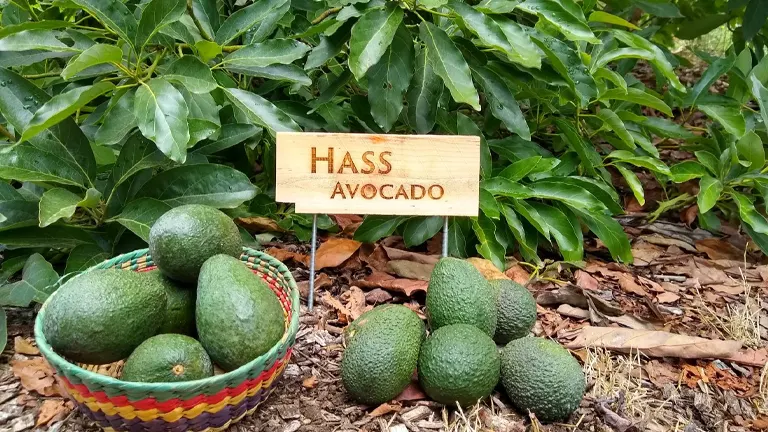
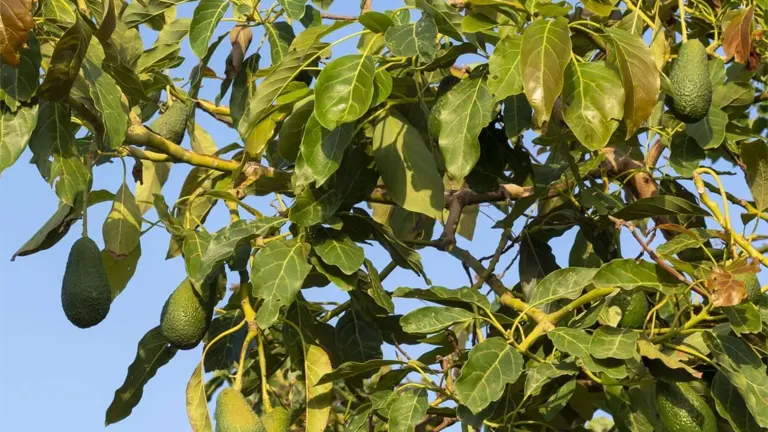
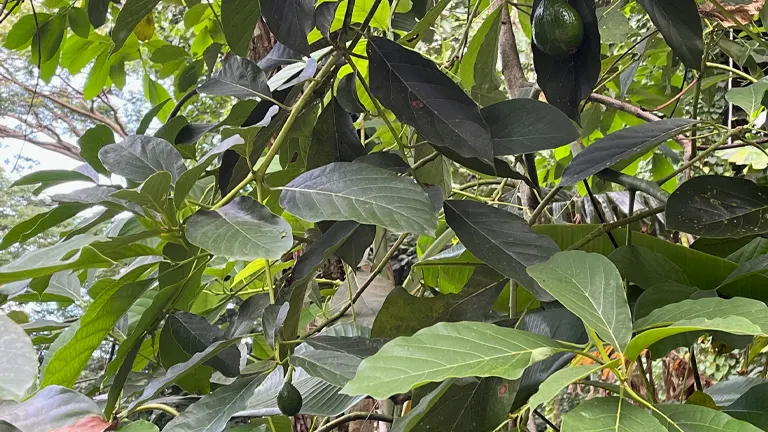
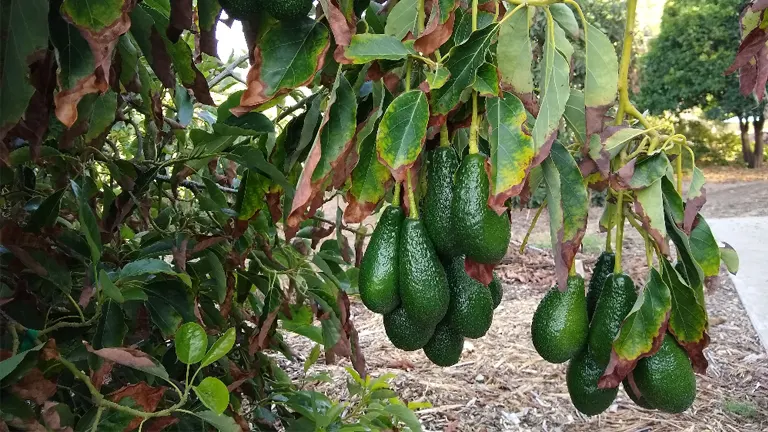

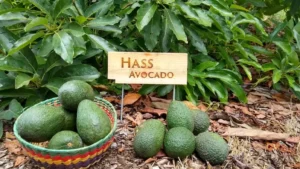
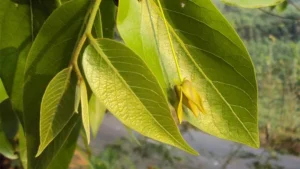
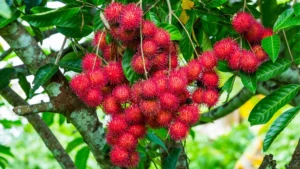
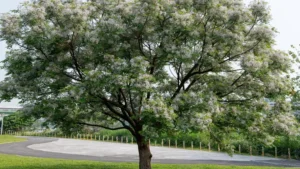
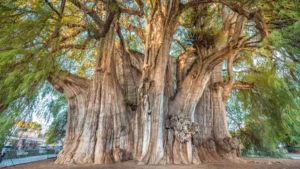
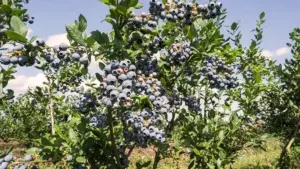
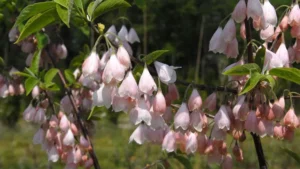
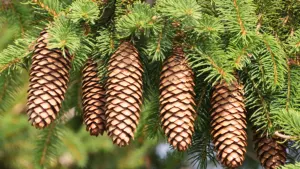



Leave your comment